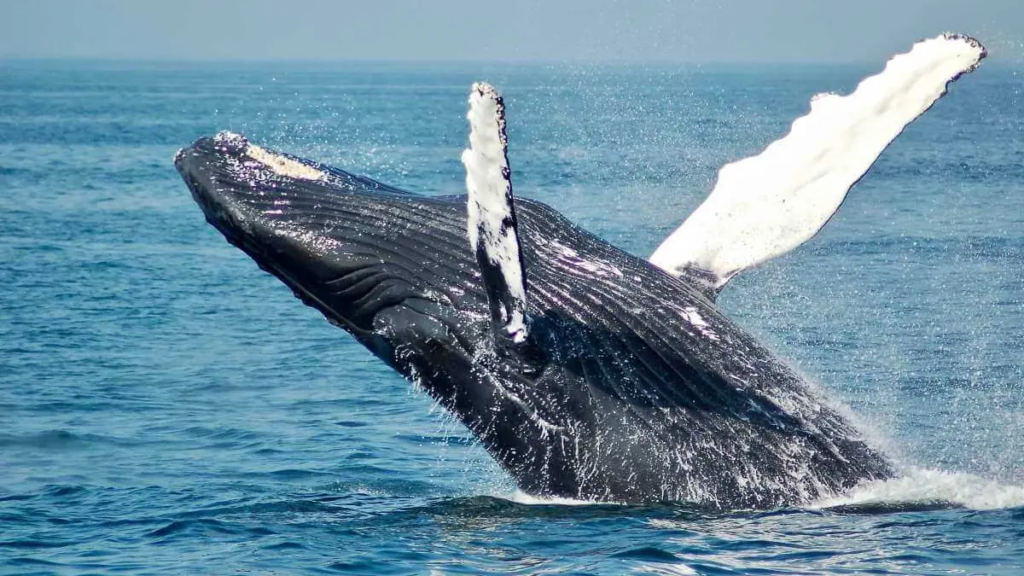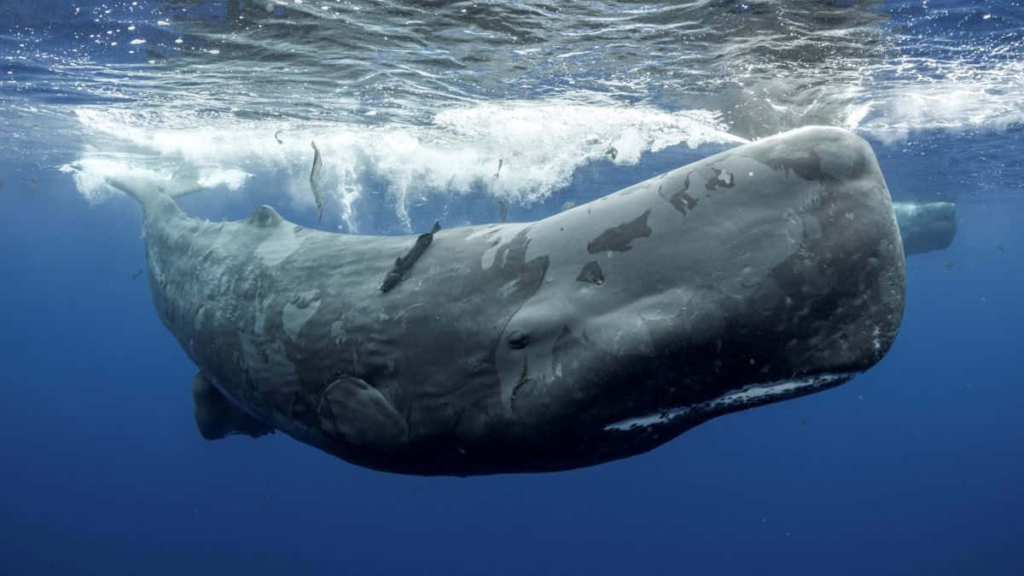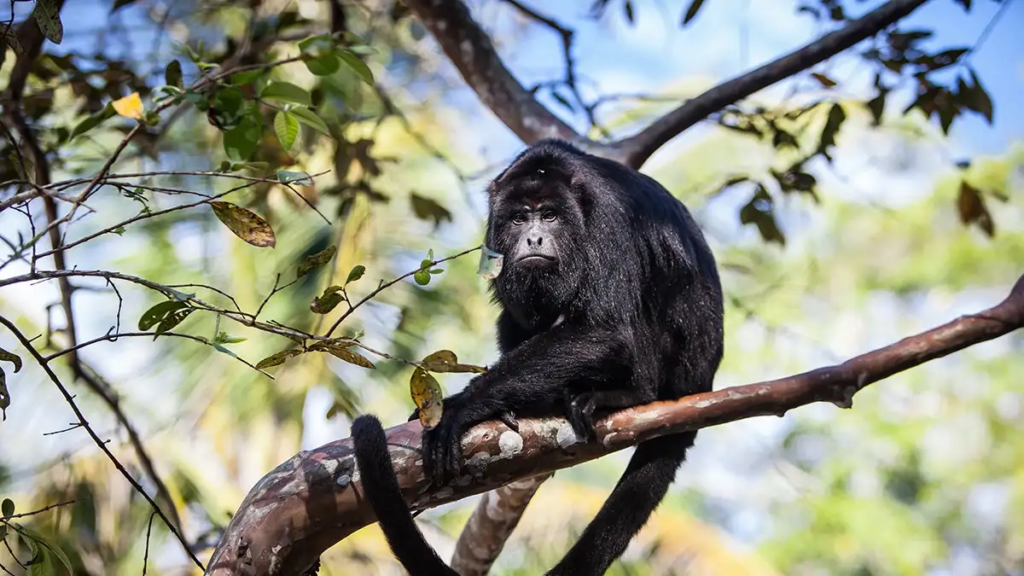The natural world is filled with a cacophony of sounds, from the gentle rustling of leaves to the thunderous roars of predators. Among these, some animals stand out for their extraordinary ability to produce sounds that are not only loud but also serve critical roles in their survival. The title of the loudest animal on Earth is often attributed to the blue whale, whose calls can reach an astonishing 188 decibels. However, other contenders, such as the sperm whale and the snapping shrimp, also produce sounds that rival or even surpass this level in specific contexts. This article delves into the fascinating world of the loudest animals, exploring their unique adaptations, the purposes of their vocalizations, and their impact on their ecosystems.
The Blue Whale: The Ocean’s Booming Voice

The blue whale, the largest animal ever known to exist, is renowned for its powerful vocalizations. Its calls, which include pulses, groans, and moans, can reach up to 188 decibels, louder than a jet engine. These sounds are not only loud but also incredibly low in frequency, often below the range of human hearing. This low-frequency sound allows blue whale calls to travel vast distances underwater, sometimes up to 1,000 miles. These vocalizations play a crucial role in communication, navigation, and mating, helping blue whales maintain contact across the vast expanses of the ocean.
Interestingly, researchers have observed that blue whales have been lowering the frequency of their calls over the years. This phenomenon is believed to be influenced by factors such as climate change, ocean noise pollution, and changes in water temperature. Despite these challenges, the blue whale’s vocalizations remain a testament to the incredible adaptations of marine life.
The Sperm Whale: Clicking Giants of the Deep

While the blue whale is often considered the loudest animal, the sperm whale’s clicks are even more intense in terms of decibels. These clicks, used for echolocation and communication, can reach up to 230 decibels underwater. Sperm whales use these powerful sounds to navigate the dark depths of the ocean and locate prey, such as squid. The clicks are produced in short bursts and are often outside the range of human hearing, but their intensity is unmatched.
Sperm whales are also known for their complex social structures and communication patterns. They produce distinct dialects of clicks, which vary between different groups or “clans.” This unique form of communication highlights the intelligence and social complexity of these marine mammals.
The Snapping Shrimp: Small but Mighty

In the world of loud animals, size does not always correlate with sound. The snapping shrimp, also known as the pistol shrimp, is a tiny marine creature capable of producing sounds as loud as 200 decibels. This remarkable feat is achieved by snapping its specialized claw shut at incredible speeds, creating a high-pressure bubble that collapses with a loud “snap.” This sound is not only loud but also powerful enough to stun or kill small prey.
The snapping shrimp’s ability to produce such intense sounds serves multiple purposes, including hunting, communication, and defense. These tiny creatures often live in colonies, creating a symphony of snaps that can be heard underwater as a crackling or popping sound.
Howler Monkeys: The Loudest Land Mammals

Moving from the ocean to the land, howler monkeys hold the title of the loudest land mammals. Found in the forests of Central and South America, these primates are named for their distinctive howls, which can be heard up to three miles away. Male howler monkeys use their vocalizations to establish territory and communicate with other groups, often howling at dawn and dusk.
The anatomy of howler monkeys is uniquely adapted for producing loud sounds. They have an enlarged hyoid bone in their throat, which acts as a resonating chamber to amplify their calls. These vocalizations play a crucial role in their social structure and survival, helping them avoid conflicts and maintain group cohesion.
The Ecological Significance of Loud Sounds
The ability to produce loud sounds is not just a fascinating adaptation; it also serves critical ecological functions. For many animals, vocalizations are essential for communication, navigation, and reproduction. In the case of marine animals like whales and snapping shrimp, sound travels much more efficiently underwater than light, making it a primary mode of interaction.
Loud vocalizations can also serve as a deterrent to predators or a means of asserting dominance within a species. For example, the roars of lions and the trumpeting of elephants are used to establish territory and communicate with other members of their groups.
Human Impact on Animal Vocalizations
While the loud sounds produced by these animals are natural marvels, they are increasingly threatened by human activities. Noise pollution from ships, industrial activities, and urbanization can interfere with the ability of animals to communicate and navigate. For marine animals like whales, this can lead to disorientation, stress, and even strandings.
Conservation efforts are essential to protect these animals and their habitats. Reducing noise pollution, establishing marine protected areas, and promoting sustainable practices can help ensure that these incredible vocalizations continue to resonate in the natural world.
Conclusion: A Symphony of Survival
The loudest animals on Earth, from the booming calls of blue whales to the snapping sounds of shrimp, showcase the incredible diversity and adaptability of life. These vocalizations are not just impressive feats of nature; they are vital tools for survival, communication, and reproduction. As we continue to learn more about these animals and their sounds, it is essential to recognize the impact of human activities on their ability to thrive.
By understanding and protecting the natural symphony of the animal kingdom, we can ensure that these remarkable sounds continue to inspire and amaze future generations. Whether in the depths of the ocean or the canopies of the rainforest, the loudest animals remind us of the power and beauty of nature’s voice.
Also Read: How Many Bones Does a Shark Have? Exploring the Anatomy






